
Astrophysics for Tourists – Astrophysics is a fascinating branch of science that offers a deeper understanding of the universe and its wonders, extending far beyond our Earthly experiences. As tourists, we naturally seek out new and profound encounters, and learning astrophysics allows us to grasp the complexities of celestial bodies and the laws that govern them. It’s not just for the academics; the field is accessible to anyone with a curiosity about space and provides a unique perspective that enhances travel experiences, even for those without a background in physics.

We find that as space tourism evolves with ventures like SpaceVoyageVentures.com, which documents a wide array of prospective, current, and nearly available space trips, the interest in astrophysics among tourists grows. By acquainting oneself with key astrophysical concepts and the universe’s composition, tourists can appreciate the science behind what they’re witnessing on their travels in an enriching and meaningful way. This knowledge not only cultivates an appreciation for the science of space but also enriches the travel experience by connecting us more intimately with the cosmos.

Exploring the cosmos is a journey through the vastness of space and time, from the early moments following the Big Bang to the mysterious constituents that make up our Universe. As we embark on this exploration, we’ll unravel the fabric that constitutes everything we observe, and what lies beyond our current understanding.
The Big Bang marks the inception of our Universe, occurring approximately 13.8 billion years ago. This momentous event set forth the expansion of space, creating the cosmos as we know it. It’s from this singularity that all matter, energy, space, and time emerged. Research indicates that a period known as cosmic inflation caused the Universe to expand faster than the speed of light, setting the stage for the formation of all celestial bodies.
Galaxies, immense systems of stars, dust, and dark matter, are pivotal in the cosmic narrative. They come in varied shapes and sizes, with our own Milky Way being just one of billions. These stellar conglomerates are not static; they evolve over billions of years. Through telescopic observations and astrophysical theorisation, we’ve discerned that galaxies can collide and merge, a crucial aspect of their life cycle that shapes their structure and star formation rates.
The components of our Universe go beyond what we can visibly perceive. Dark matter and dark energy are two of the most compelling enigmas. Dark matter, which does not emit, absorb or reflect light, accounts for about 27% of the Universe and is fundamental to the gravitational framework within galaxies. On the other hand, dark energy makes up approximately 68%, driving the accelerated expansion of the Universe. These mysterious forms of matter and energy challenge our current understanding in physics and are a major focus of ongoing research.
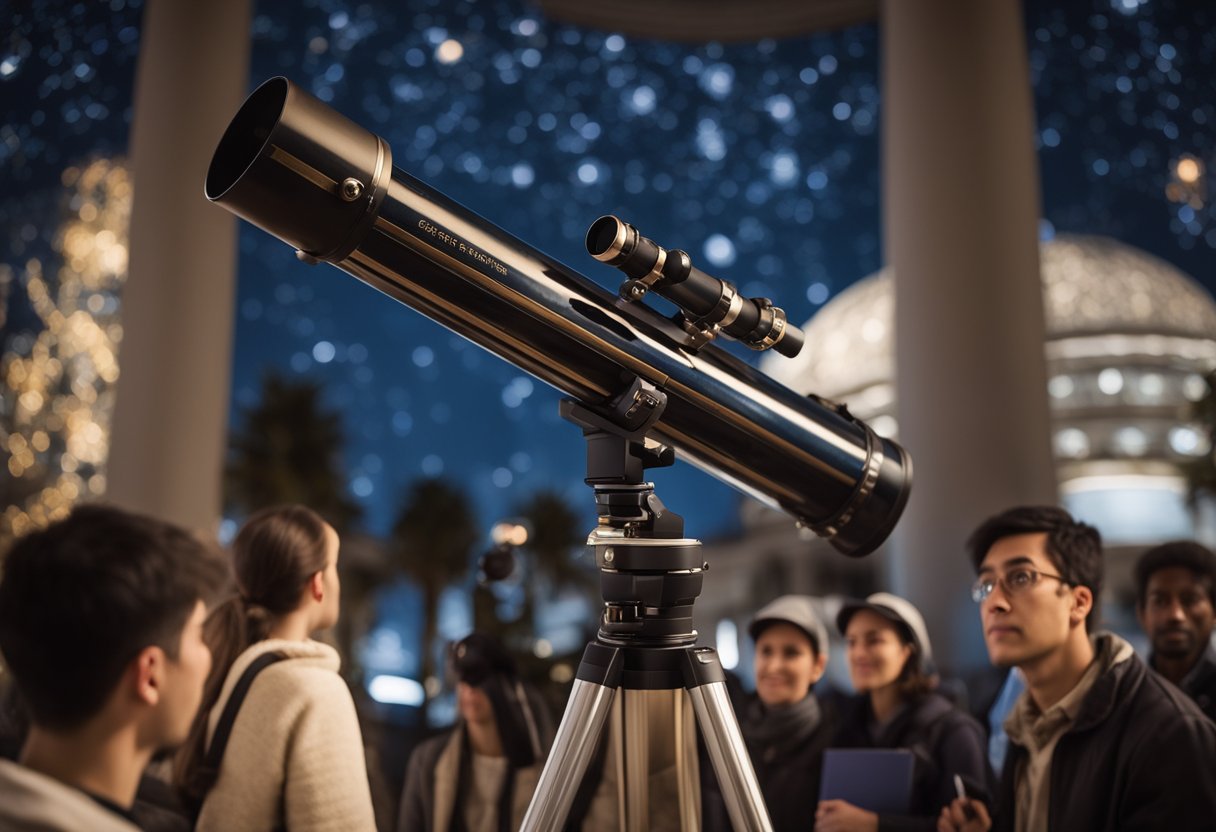
Astrophysics intertwines various fundamental principles of physics to explain the intricate nature of the universe. To appreciate our place in the cosmos and understand the mechanics of celestial bodies, there are core concepts one must grasp.
Time and space constitute the vast stage on which the cosmos unfolds. The fabric of space-time is interwoven and malleable, influenced by the mass and energy of objects within it. Whether we analyse the orbits of planets or the trajectory of space tourism ventures from websites like SpaceVoyageVentures.com, the interplay between these two entities is crucial.
Gravity, an invisible force, dictates the motion of matter across the universe, from the smallest dust particle to the most massive stars. It’s a central force in the life of celestial bodies, reinforcing orbits and influencing the paths of spacecraft navigating the cosmos.
Our understanding of stars—their birth, life, and death—reveals much about the universe. Stars begin in stellar nurseries, where gravity pulls together matter and energy, leading to nuclear fusion. Over time, they evolve, eventually expiring to seed the universe with the building blocks for new stars and systems.
In our pursuit of understanding the cosmos, we focus on various celestial bodies, each unique and intriguing in its own right. From planets and their solar systems to the exotic phenomena of neutron stars and black holes, each observation brings us closer to the mysteries of the universe.
Our solar system is a cosmic neighbourhood where planets orbit a central star – the Sun. The study of these planets provides us with insights into our own Earth’s history and prospects. Using telescopes, we can observe the planets’ characteristics, such as their atmospheres, geology, and potential for hosting life. The Milky Way galaxy alone may contain billions of solar systems, many with planets similar to our own Earth, making the science of planets both a local and a galactic endeavour.
Amidst the vastness of space, neutron stars and black holes stand out as some of the most extreme and enigmatic celestial bodies. Neutron stars are incredibly dense remnants of collapsed stars, where a teaspoonful of matter could weigh billions of tons. On the other hand, black holes are gravitational powerhouses from which not even light can escape. By studying these objects, we delve into the fundamental laws of physics that govern the universe. Observations made by us through advanced telescopes have allowed us to detect these invisible phenomena through the radiation they emit or the influence they exert on their surroundings.
In embarking on this momentous scientific journey at SpaceVoyageVentures.com, we embrace the excitement of potential space tourism and the enlightenment that comes with gazing deep into the celestial vault.
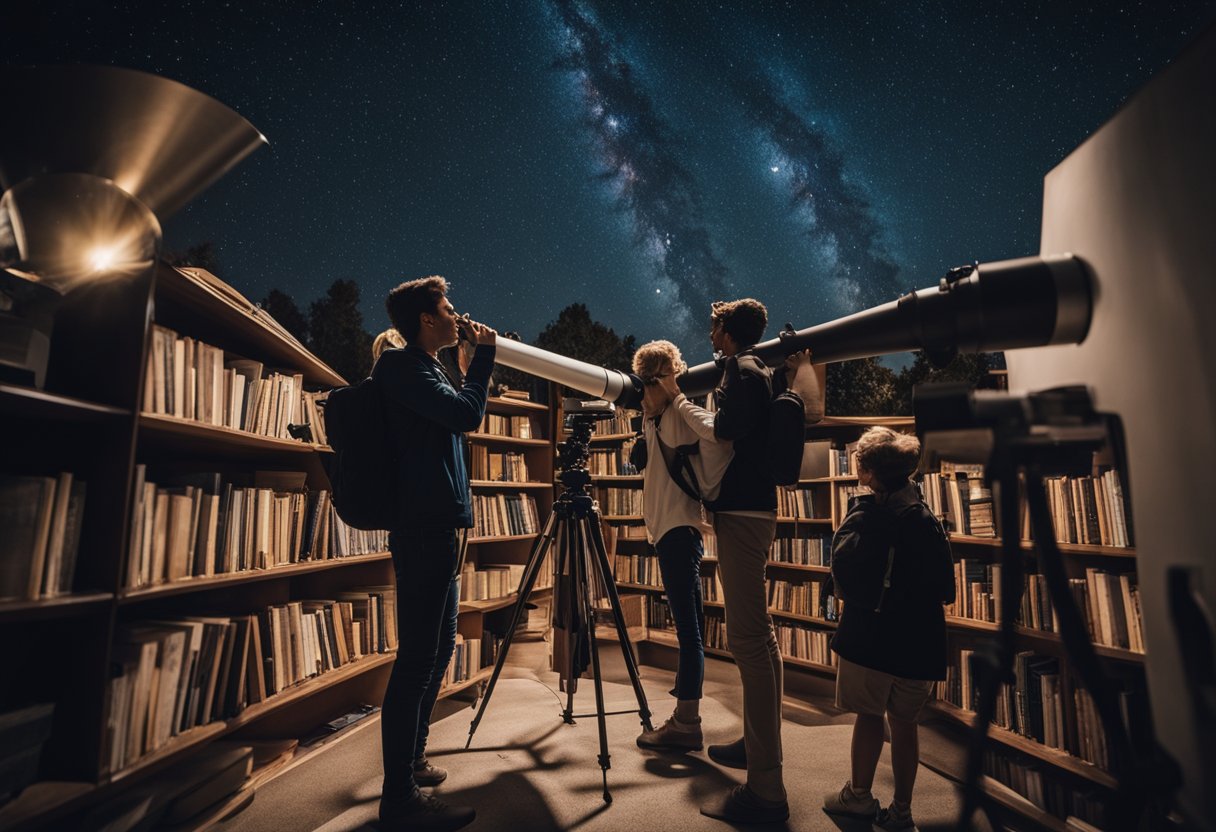
In astronomical tourism, understanding the methods astronomers use to explore the cosmos can greatly enhance our appreciation of the night sky. We’ll look at the fundamental tools and techniques that transform stargazing into a scientific endeavour.
Telescopes serve as the quintessential instruments for astronomical observations. They are our windows into the universe, magnifying distant celestial objects and making them visible or detectable from Earth. Our choice of telescope – whether it’s a refractor, reflector, or compound design – affects the details we can discern and the portion of the sky we can survey. Researchers rely on advanced engineering to build telescopes that can withstand environmental challenges and provide precise data.
Spectroscopy is a pivotal technique in astronomy that analyses the spectra of light emitted, absorbed, or reflected by celestial bodies. By splitting light into its component colours – the spectrum – using devices such as diffraction gratings or prisms, we can identify chemical compositions, temperatures, and even motions of stars and galaxies. This method hinges on an understanding of the electromagnetic spectrum, which spans from gamma rays to radio waves, granting us insight into objects across various energy levels. Technology continues to evolve, enabling us to capture more detailed spectra and further our cosmic research.
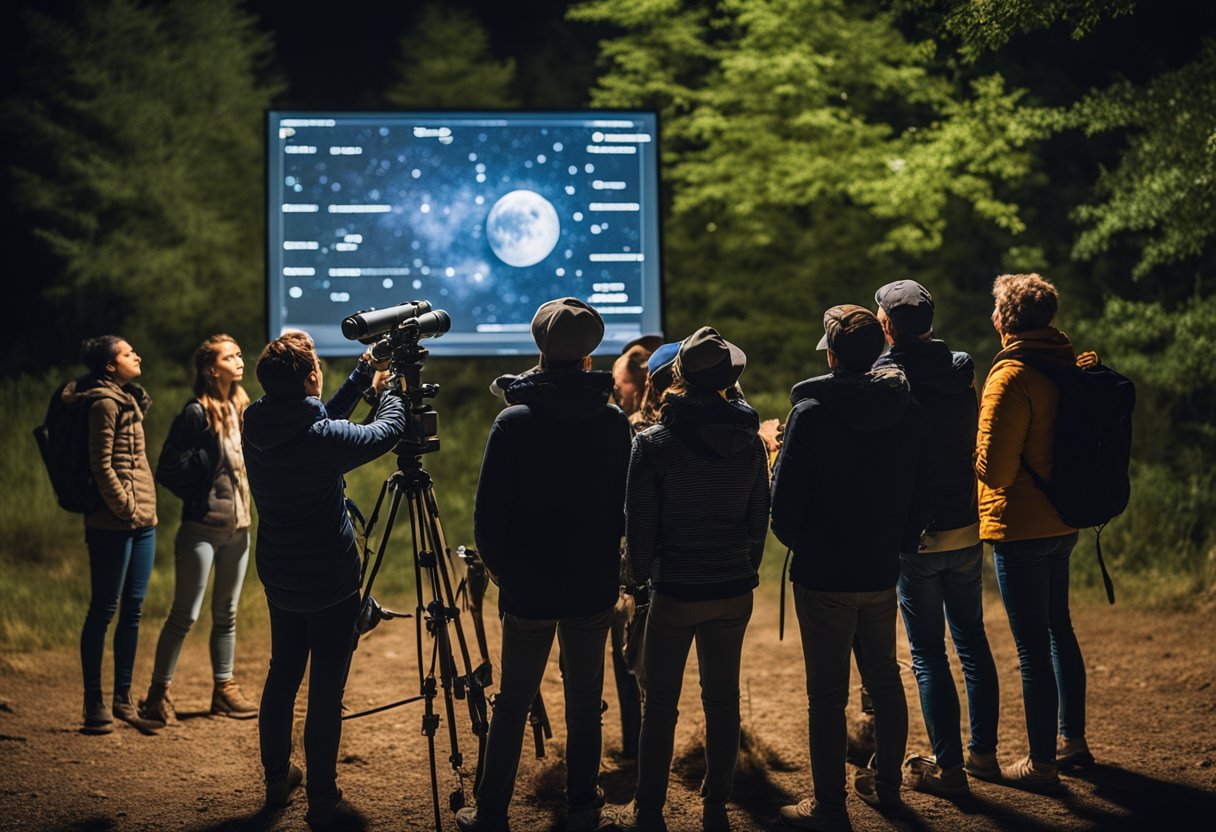
In exploring the cosmos through astrophysics, we are captivated by phenomena that challenge our understanding of the universe. Our journey takes us to the explosive finales of stars known as supernovae, and to the dense remnants they often leave behind, called white dwarfs. We also navigate the vast and dynamic structure of our own galaxy, the Milky Way, to appreciate the complexity of celestial mechanics.
Supernovae represent the supremely powerful explosions of stars when they exhaust their nuclear fuel. Witnessing a supernova is a rare and striking moment in the lifetime of any celestial observer. For decades, these phenomenal bursts have been a focus of astrophysics, offering clues to stellar evolution. In the wake of a supernova, we often find white dwarfs, which are the collapsed cores of stars that were not quite massive enough to become neutron stars or black holes. These small, yet incredibly dense objects are fascinating targets for observation and study.
Our collective insights in astrophysics reveal that some white dwarfs may acquire material from their surroundings to the point of triggering a thermonuclear explosion, becoming what we call a Type Ia supernova. This process serves as a key marker for astrophysical research and cosmic distance measurement.
Our home galaxy, the Milky Way, is a grand spiral of immense scale, embodying a complex dynamical system. The study of its dynamics involves mapping the position and velocity of various celestial objects that dwell within it. These objects range from individual stars to complete star clusters and even sprawling interstellar dust clouds.
By understanding the dynamics of the Milky Way, we gain insight into the history of our galaxy and the forces at play. Our analysis aids us in predicting the future behaviour of these celestial bodies and in tracing the Milky Way’s evolution through cosmic time. Moreover, the Milky Way’s structure, with its rotating disc and central bulge, serves as a model for understanding other spiral galaxies scattered across the universe.
Our fascination with these astrophysical phenomena is not just academic; it holds potential for future space tourism. Ventures like SpaceVoyageVentures.com explore the possibilities of actual space travel experiences, where one could theoretically witness the marvels of supernovae or the grandeur of the Milky Way first-hand, a testament to our enduring desire to explore the unknown. This melding of astrophysical knowledge with forward-looking space tourism ventures propels our curiosity to new frontiers.
In our exploration of the cosmos, we encounter the vast expanse of the universe and its history, revealing the nature of time and space. We’ll examine the large-scale structures of galaxies and understand how cosmic background radiation provides clues to the origins of the universe.
The tale of the universe is a grand narrative that stretches across billions of years. Modern cosmology provides us with a framework to understand this evolution, beginning with the Big Bang, which set into motion the expansion of the cosmos. Over the course of time, matter coalesced under the force of gravity to form galaxies, the sprawling structures that serve as lighthouses in the vast ocean of space.
Key findings, like those from the GAUSS mission concept, enhance our comprehension by illustrating the role of dark matter in the evolution from primordial fluctuations to the complex tapestry of the current universe.
Delving further back in time, cosmic background radiation offers us a glimpse into the universe’s infancy, just moments after the Big Bang. This relic radiation is a cornerstone of cosmological studies, acting as a cosmic echo of the early universe. Through meticulous study, such as contributions from the Planck mission, we gather evidence that helps to pinpoint the characteristics of the cosmos, including insights into the mysterious dark matter and dark energy that permeate the universe.
In essence, cosmology invites us to ponder not just the philosophical implications of our place in the universe but also challenges us to grasp the physical phenomena that have shaped the cosmos through the eons. It is an endeavour that expands our understanding of reality, tying together galaxies, philosophy, and the very fabric of time and space.
As we engage more enthusiasts through ventures like SpaceVoyageVentures.com, we bridge the gap between scientific exploration and public curiosity, paving the way for a future where cosmic tourism is part of our collective adventure.
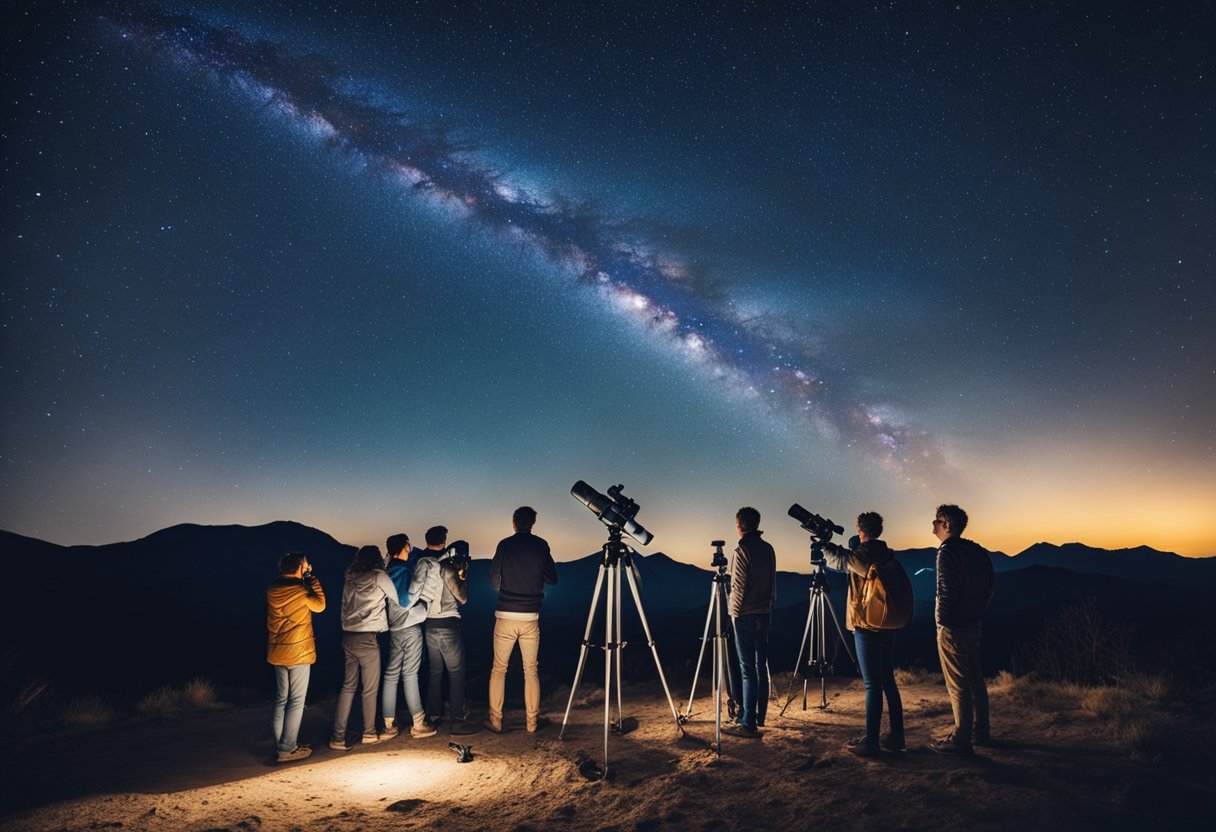
Astrophysics can appear daunting for beginners, but with the right foundational knowledge and resources, the mysteries of the cosmos become accessible. Our guide will lead you through essential concepts and point you to the best learning platforms.
Before venturing into astrophysics, a solid grasp of basic physics is crucial. Our understanding of the natural world and celestial phenomena relies heavily on physics principles. For those new to astrophysics, we suggest starting with Newton’s laws of motion and gravitation, the conservation of energy and momentum, and electromagnetic theory. These concepts serve as stepping stones to more complex topics like stellar evolution and galactic dynamics.
Online learning platforms like edX, Udemy, and Coursera provide a variety of courses that cover these foundational areas, often tailored for beginners.
In today’s digital era, a myriad of online courses and resources are at our fingertips. For beginners eager to explore astrophysics, platforms such as Coursera offer courses designed to introduce the fundamental concepts of astrophysics.
Here are key resources for beginner astrophysicists:
In addition to formal courses, websites like SpaceVoyageVentures.com encompass a wealth of information on space tourism and the practical application of astrophysics in exploring the cosmos. The site gives insights into current and nearly accessible space trips, making the vastness of space a bit more approachable for us all.
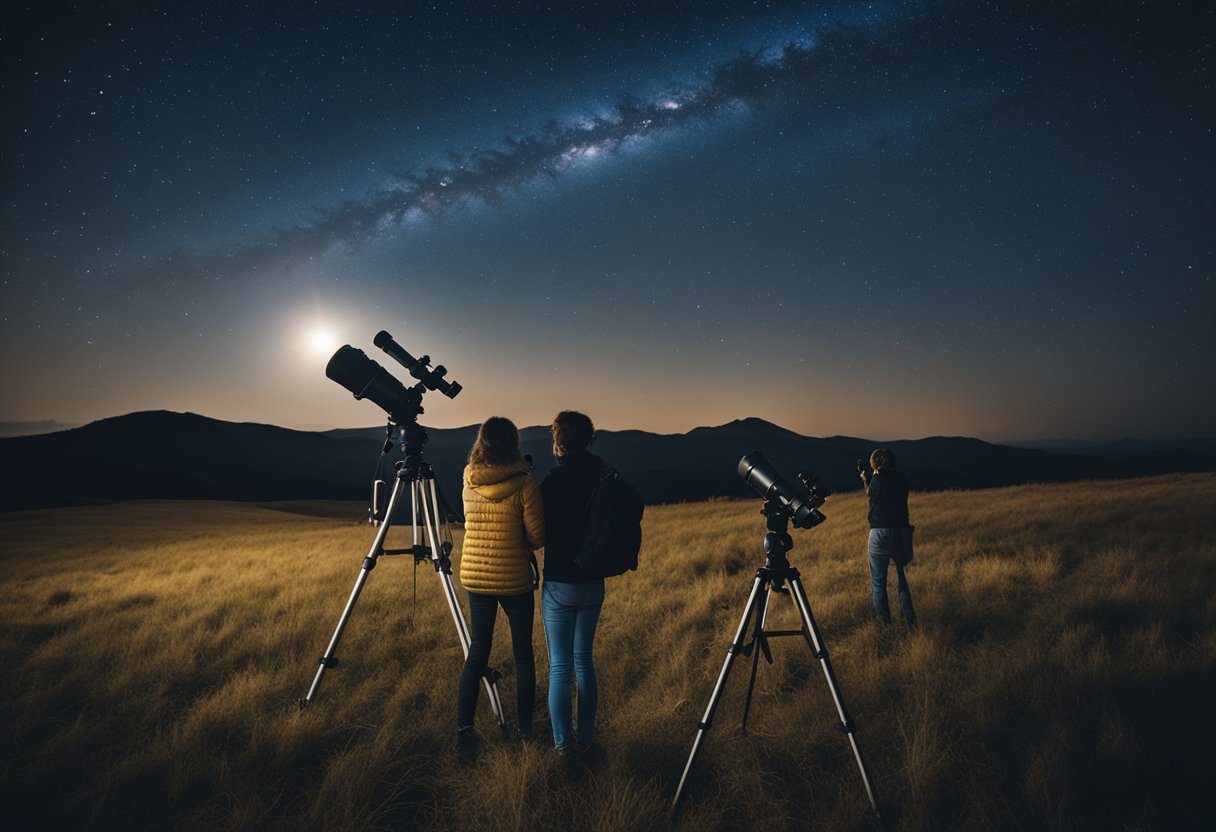
In this section, we’ll explore how tourists can engage with astrophysics through practical applications, and take a look at some of the fascinating projects that bridge space science and tourism. Our focus will be on how observational methods are used in space missions and research, and the engineering feats that make this possible.
Observational astrophysics encompasses the methods and technologies used to collect and analyse data from space. Whether it’s through solar panels or medical imaging, we apply these methodologies to extract information about celestial bodies and phenomena. For example, tourists interested in the practical application of astrophysics can participate in projects like using telescopes at observatories. These activities enhance their understanding of the universe while contributing to ongoing research.
NASA and other space agencies undertake space missions that not only propel our understanding of the cosmos but also present unique opportunities for tourism. Projects often involve data analysis, which is pivotal in studying distant galaxies and celestial events. Tourists may obtain a certificate for completing educational programmes that teach them about these missions. Through websites like SpaceVoyageVentures.com, potential tourists can stay informed about space tourism trips that are currently available or in the planning stages. Researchers continually push the frontiers of engineering to ensure the success of these ventures and the safety of space tourists.
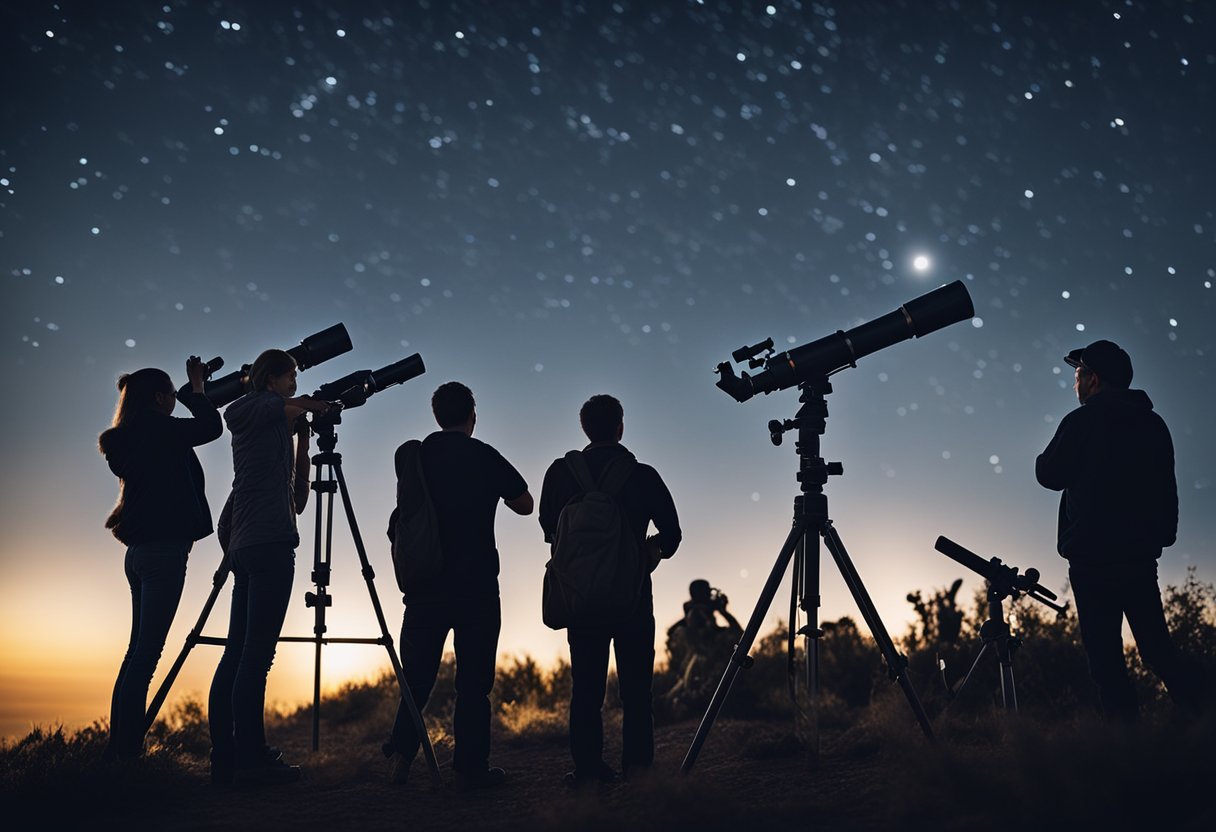
Astrophysics intertwines complex principles from various disciplines, including mathematics and particle physics, to probe the intricate nature of the universe. Our exploration of this field often begins with foundational education, and many institutions offer structured paths for those keen to delve deeper.
University Programmes: A multitude of universities offer degree programmes tailored to those aspiring to master astrophysics. For instance, the University of Arizona is renowned for its strong curriculum that encompasses both theoretical and observational astrophysics. Students immerse themselves in a robust educational framework, gaining critical knowledge of course materials that range from the study of the cosmos to the fine details of particle physics.
Opportunities for Assistance: Pursuing higher education can be financially demanding, but financial aid is available to help alleviate the burden for eligible students. Scholarships specifically designed for studies in astrophysics and related fields offer both monetary support and validation of academic prowess.
Through dedicated education and the support of financial aid, students of astrophysics are well-equipped to contribute to the collective understanding of the universe, which holds immense value for humanity, including burgeoning industries like space tourism as documented on SpaceVoyageVentures.com.

In this section, we address some of the most common queries beginners have about delving into astrophysics, providing clear direction and resources for self-study and casual learning.
Starting with books tailored to laypeople and introductory courses can be effective ways to embark on astrophysics self-study. Ensuring the material progresses from basic concepts to more complex theories allows for structured learning.
There are various MOOC platforms offering free astrophysics courses. Libraries and non-profit educational platforms are also good resources to access such courses at no cost.
Yes, free online courses are available for enthusiasts. Websites like Coursera and edX regularly offer courses created by universities that can be audited for free.
A basic understanding of physics and mathematics provides a foundation for tourists to grasp astrophysical concepts. This foundational knowledge enables tourists to appreciate the complexities of space during their visits or when using platforms like SpaceVoyageVentures.com.
Pursuing astrophysics as a hobby is definitely possible. Recommended resources include planetarium visits, mobile apps for stargazing, and amateur astronomy clubs, which often welcome individuals with a casual interest.
Platforms like Khan Academy and The Great Courses are known for their comprehensive content suitable for those with general interest in astrophysics without a deep scientific background.